To keep your little one safe, choosing the right child seat and installing it properly is very important. Child seats aren't just for babies any more, and it's UK law to use child seats up to 135cm/4ft 5in or 12 years of age, whichever comes first, to keep your little ones safe and secure.
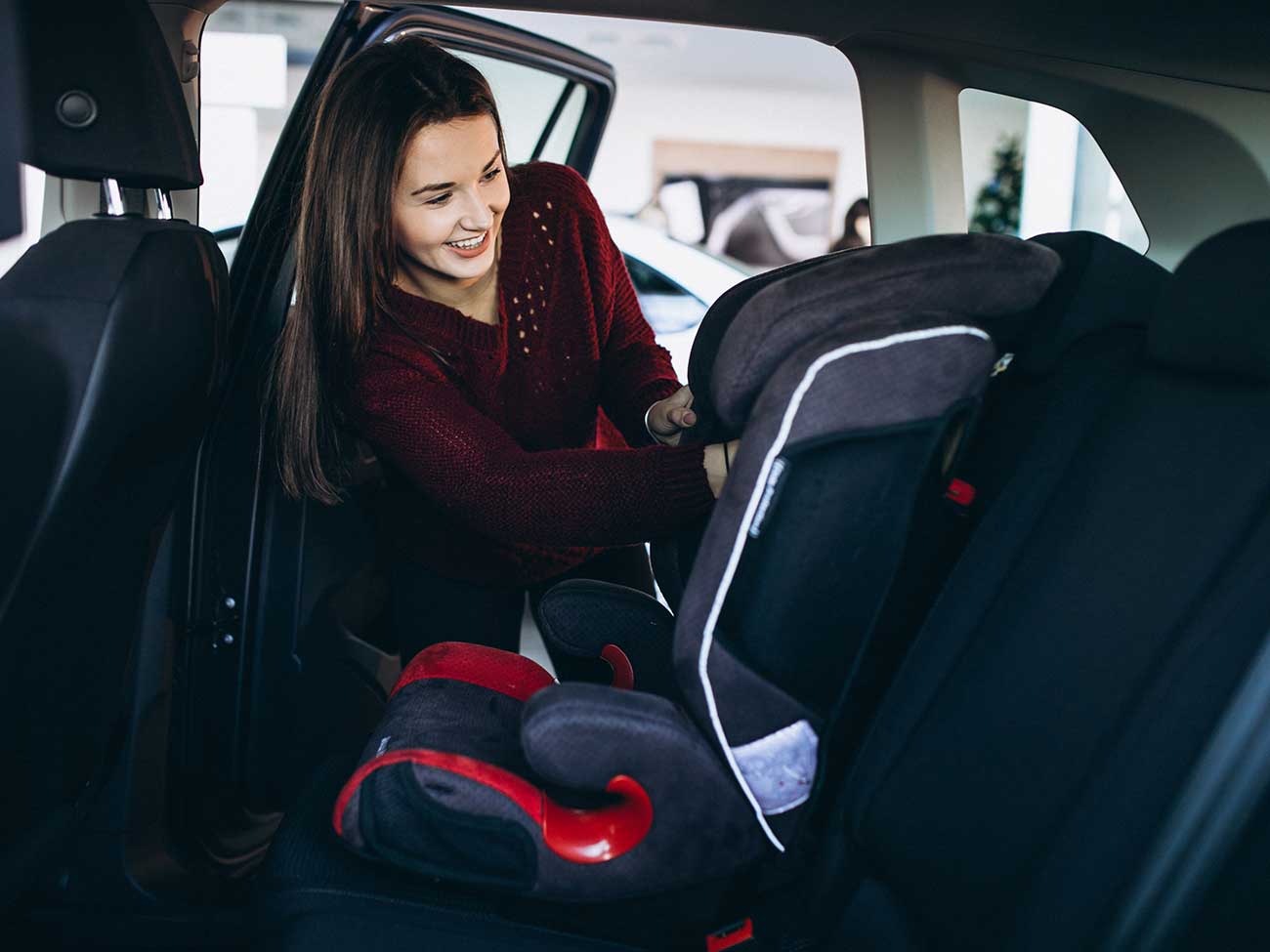
How do I install my baby seat in my car?
Cars with ISOFix
ISOFix (short for International Standard Organisation Fix) is a safety feature that uses anchor points attached to the car's shell; car seats are attached to these anchor points rather than just the seatbelt, making it a much safer option. ISOFix has been used on all cars launched since November 2012, although many older models also feature ISOFix anchor points. ISOFix anchor points are located behind the back seats, in the gap between the seat bottom and the seat back.
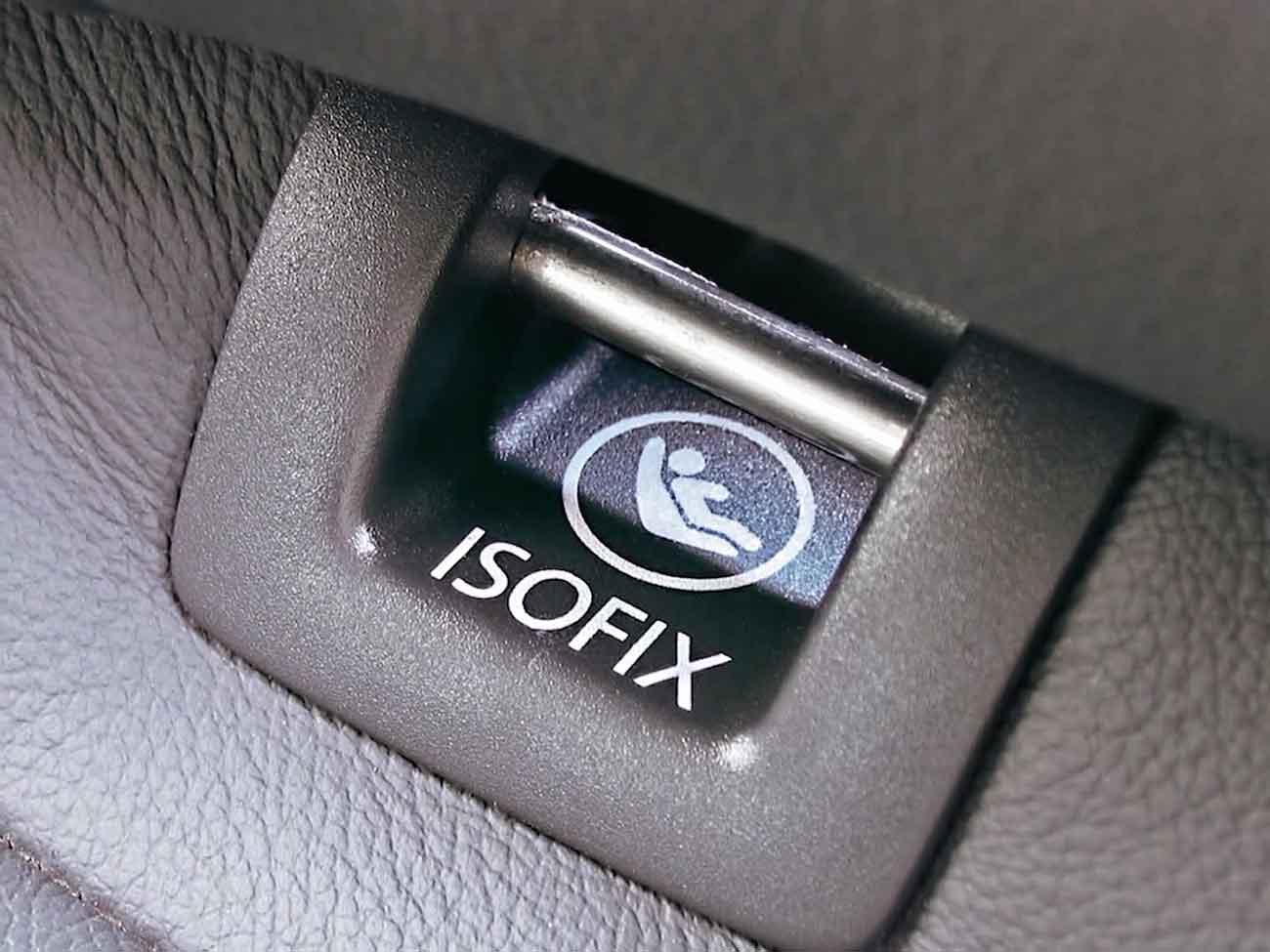
Put the ISOFix base into your chosen seat (see above for seat selection advice) and ensure it is sitting square and flat. Line up the ISOFix base clips with the ISOFix base points (many cars feature small labels or buttons to indicate their placement) and push the clips onto the points to connect them. When fitted correctly, the clips will change from red to green.
Once the base is in place, clip your car seat into the base and lift the handlebar into the upright position.
If your ISOFix base has a drop-down support leg, extend it so that it sits firmly on the floor without lifting the car seat.
Visual indicators will show that the car seat is clipped securely onto the base and that the support leg is set up correctly.
If your ISOFix base does not have a drop-down support leg, attach the top tether strap to the top tether point in the car. Always check your car seat manufacturer's instructions for any specifics relating to your car seat.
Cars without ISOFix
For cars that do not have ISOFix anchor points, you can use the seatbelt to secure the car seat.
Thread the seatbelt around the car seat in accordance with the car seat manufacturer's instructions; this may be denoted by numbers or through a colour system (for example, blue then green then orange).
What child seat groups are there?
There are 4 groups of child seats for cars, depending on the weight (and approximate age) of the child:
Group 0/0+
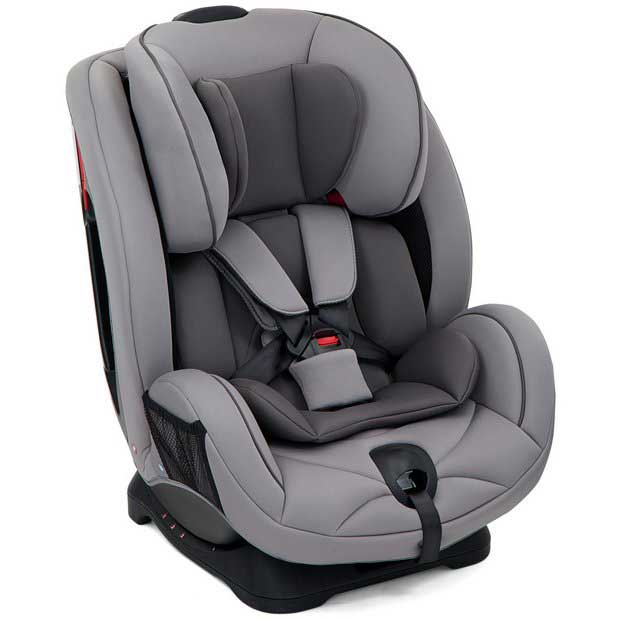
Baby seats for newborns up to 10kg /6-9 months (0) or 13kg/15 months (0+).
Group 0 and 0+ are both rear-facing seats and provide support to your baby's head, neck and back evenly. Using a Group 0+ car seat means you'll be able to keep your baby in a safer, rear-facing seat for longer.
Group 1
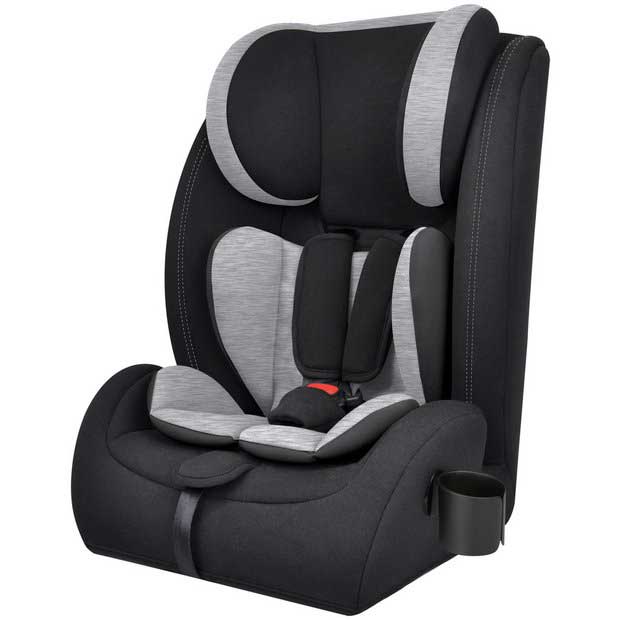
Car seats for children between 9kg and 18kg, about 9 months to 4 years old. These can also be rear-facing and change to forward-facing after a certain weight, and use integral harnesses to keep your kid safe.
Group 2
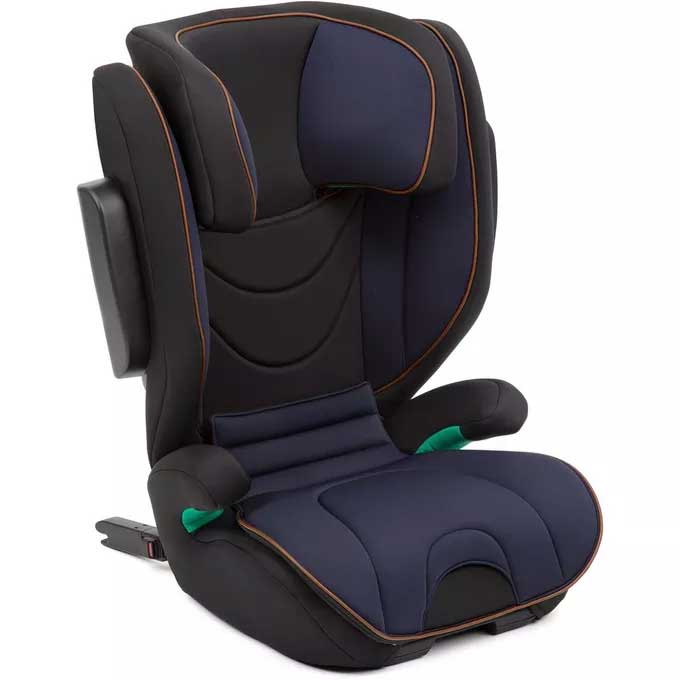
Booster seats for children who weigh more than 15kgs (4 years+). At this point, many child seats will use the car's seatbelt to secure your child and the sea ands be forward facing.
Group 3
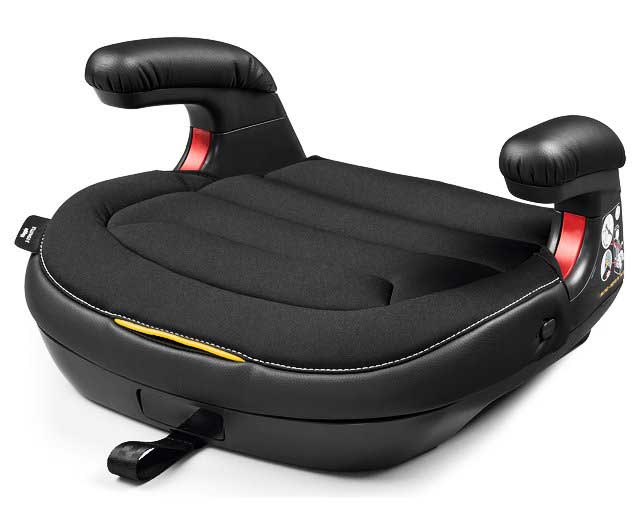
Booster seats for children over 11kg (6 years+). Many group 3 child seats are high-backed boosters, and the back can be removed to change this into a booster seat when your child reaches 22kg.
Where to place your baby seat
It's imperative (and a legal requirement) to only place baby seats in car seats that do NOT have an active airbag. Airbags expand with a force that can strike the baby seat with such an impact as to cause serious injury, or worse.
If you are able to deactivate the airbag in the front passenger seat, or if your car does not come equipped with one, you can position the baby seat in this seat. However, it is much better to position a baby seat on the back seat of your car. This is because, in the event of a frontal collision (the most dangerous kind), the baby seat is furthest from the point of impact.
Assuming your car has a middle rear seat with a three-point seat belt (i.e. one that goes across the lap and diagonally over the torso), this is the safest place to put your baby seat as it is furthest from the sides of the car (unless the baby seat manufacturer's instructions specifically say otherwise). If you are using an ISOFix or i-Size baby seat, the middle rear seat must have ISOFix points for you to use it.
The pavement side of the car is safer for you to be stood on while strapping your baby into their car seat and, in the UK, this will mostly be the left-hand side. If your car does not have a middle rear seat with a three-point seatbelt (and ISOFix points if required), use the left-hand side seat.
Family cars at Carbase
If you're a new parent or expanding your family and need more space for your baby seat, pushchair and host of other baby items, you may be considering upgrading to a bigger family car to make getting your little one in and out of the car that much easier. Find your next family car at Carbase.
More Useful Articles

Top Ten Cars For Families
As one of the most popular and versatile car types, the family used car market is never short on variety ...

Choosing the Best SUV for Your Family
There's a lot to think about when buying a car for your family - first and foremost is safety ...

Best Family Estates
With the warmer weather just around the corner, many of us are thinking about hitting the road, rallying up the family ...

